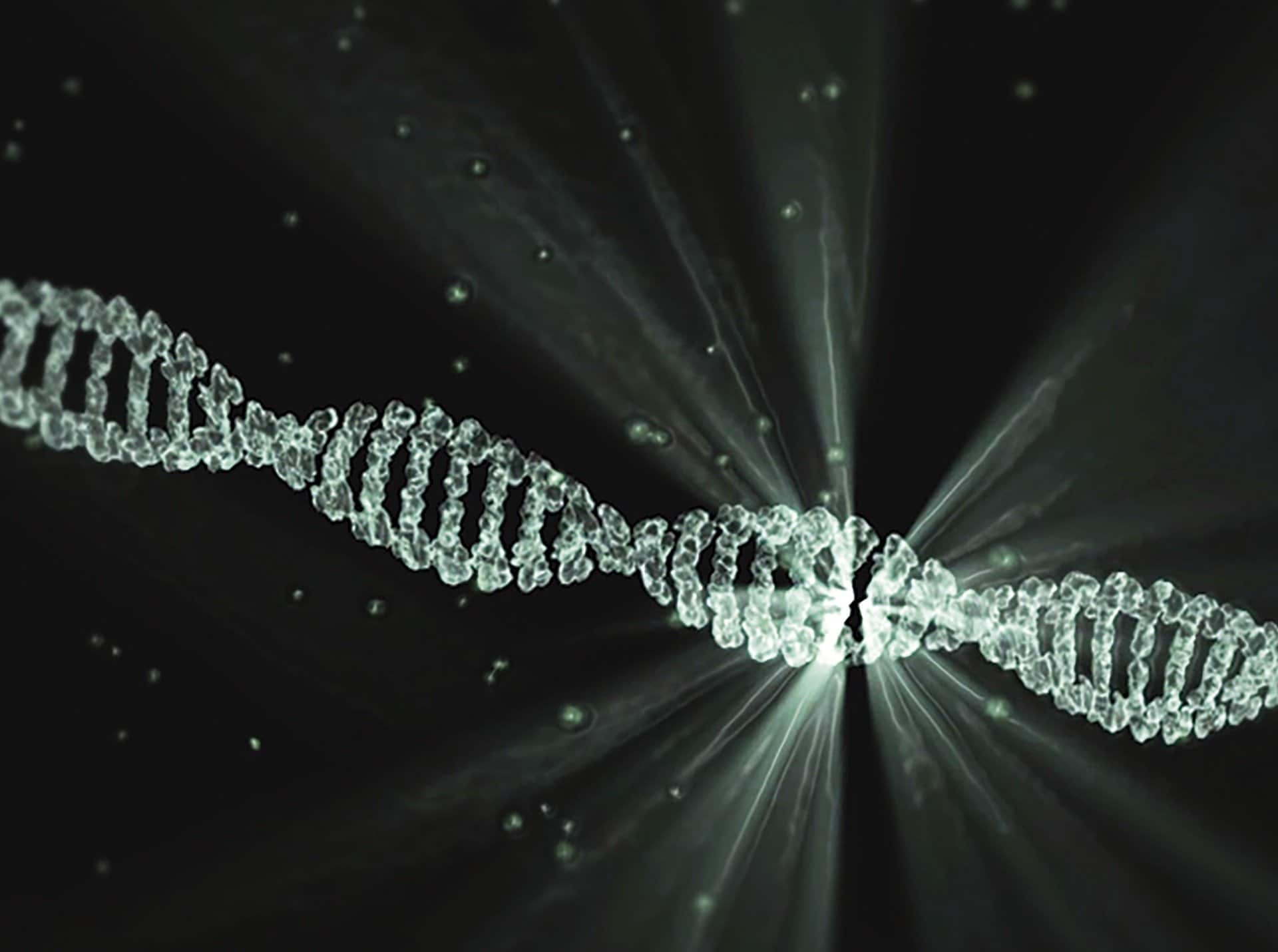So far, scientists have thought that the mutations in the DNA code are ruled by pure chance – i.e. random changes occur in random places and if they do not somehow worsen the functioning of a given organism, they have a chance of being transferred to the next generation and so on over and over again. However, recent research shows that this whole mutation-related mechanism is not all that random.
This conclusion was reached by a team of researchers from UC Davis and the Max Planck Institute on the basis of studies conducted on hundreds of cress plants grown under laboratory conditions. A very clever approach – DNA testing in plants has significantly fewer logistic problems than animal testing, and laboratory conditions allow to exclude all random environmental effects. In addition, in the laboratory it is much easier to keep plants alive with unfortunate mutations that have adversely affected their functioning.
Mutations do not occur evenly over the entire genome
After analyzing hundreds of individual genomes, researchers were able to identify over a million mutations in them. Interestingly, however, their distribution in terms of occurrence in particular parts of the genome itself was not as random as expected. The area with the lowest mutation rate, i.e. 66 percent lower. on the indexes found in other regions was the one in which the most important cress genes were recorded. It is about instructions for cell growth and development and the expression of genes themselves – these are actually essential parts of DNA.
Advertising
“We’ve always thought of a mutation as being essentially random throughout the genome. It turns out, however, that the mutations do not occur completely randomly, but to the benefit of the plant. It’s a whole new way of thinking about mutations, explains Gray Monroe, lead author of the study
Interestingly, these areas also appeared to have stronger DNA damage repair mechanisms, ensuring that key sequences in the DNA code remain fully functional.
“These are really important regions of the genome that are protected from mutation,” adds Monroe.
Also read: A certain mutation has developed in humans to aid in high-sugar diets
Scientists say that this type of mechanism is a specific form of defense of an organism (in this case, cress) that has probably developed in the course of evolution. This study completes our understanding of mutations. In 2014, scientists were able to show that mutations occur more frequently near repetitive sequences, and in 2019 we added the knowledge that they also very often occur at recombination sites where the chromosomes of each parent pair up.
Perhaps the discovery of this new defense mechanism will allow us to create a similar solution to protect the human genome from harmful mutations, which, as it turns out, do not occur as randomly as we thought so far.















